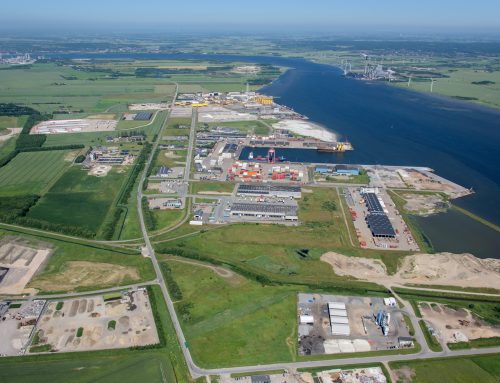Working with the case; “The City of Tomorrow” can look different in many ways depending on your study. The great thing about AAU Case Competition is, that it is for everyone, and no matter the study you have a part to play in the case solving.
By working with “The City of Tomorrow” you get the opportunity to think about how you can integrate houses and industries side by side in “The City of Tomorrow” – without any conflicts and how you can make the future city changeable, so you will avoid new buildings rising, while old buildings ends up like empty ghost houses. And how de you integrate nature into the city?
This is just a series of hypothetical questions to inspire you guys on how you have to think by working with the future case set by COWI. And why is that? “The City of Tomorrow” puts a lot of effort in the city’s building and construction. The focus is being put on the constructions and how spectacular they are going to be, their organic shapes and look hospitable, but how is this connected to an efficiency improvement of the constructions and economic limitation. On that way we need the economic students as well – we need to know if “The City of Tomorrow” can be a reality, economically.
Furthermore we need the humanistic studies to analyze human behavior and so on, in order to tell us how humans might interact and live in the future city. Standards of living and analyzing how humans are behaving in these new environments is just as relevant as well. Also the strategically aspects has to be considered, the PR value in the project and the external communication as well as the internal communication issues. In that way the hypothetical case does apply to all, because we need all of you to create “The City of Tomorrow”. Help yourself, the humanity and us with creating the “livable city” by combining all of your different skills from your different studies, in order to supply each other and help each other to gain the best result.
You might be sitting with the feeling of that you might have heard about similar approaches before. This might be because of Aalborg University’s spirit of PBL also known as Problem Based Learning. As mentioned earlier, this is PBL in reality. This is how you can work with a problem-based issue, and actually try to solve it, instead of just writing a thesis about it. You now have the opportunity of showing your skills to create “The City of Tomorrow” – and in that way set the perfect foundation for yourself and your future.

Hopefully the case solving won’t be as boring as this Korean student finds his lecture 😉






